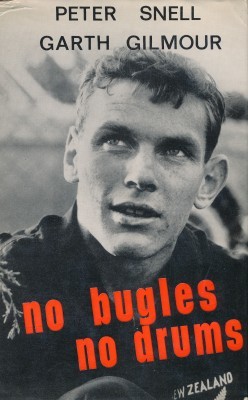What do you think?
Rate this book


240 pages
First published January 1, 1966
"my body would be entering a natural depression in training performance. I was on the brink of the inevitable abyss. This is both mental and physical. Mentally, it's very hard to continue the pressure of training, and if you ignore these warning signs it's very easy to go down with 'flu' or some similar upset which forces you to have the lay-off you need."
"I could get myself ready for one really good race over the half-mile, but the mile is different. It's a true test of fitness. You can force out a fast half-mile but a mile really sorts the men from the boys."
"This attitude is not unusual. The public is very quick to forget or to condemn a sportsman who lets it down in its expectations. As soon as you stop winning, you're forgotten or wiped off. In me, this reaction inspired a terrific determination to prove public opinion wrong and show that, while John might be a good Olympic prospect, I was still around and dangerous."
"I was well aware from experience of the pitfalls such as leg injuries that excessive speed could produce."
"New Zealanders generally don't like a big pre-Games build-up based on their own opinions of themselves and their opponents. There are so many unpredictable factors which can influence the result of a contest and it's not easy or fun to have to find excuses after the event."
"You stop consciously controlling what you are doing and pour everything into driving out the utmost speed."